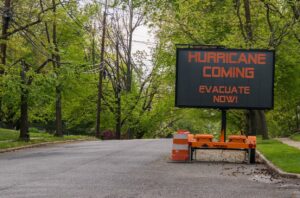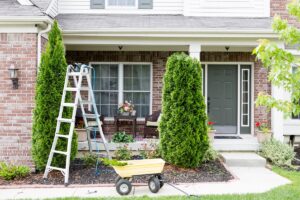This summer, Canadian wildfire smoke spread across the U.S. and engulfed more than a third of our country’s population. While this may have been an anomaly, wildfires are common in many parts of the United States with more than half of all U.S. properties at risk for wildfire damage.
Michele Steinberg, Wildfire Division Director, National Fire Protection Association (NFPA), recently stopped by the vipHome Podcast to share how wildfires ignite and spread, so you can protect your home and family!
Wildfires occur naturally.
While many wildfires start due to human activity, wildfires are reoccurring natural events that frequently happen in remote forested areas.
“Most of North America has what we call ‘fire adapted ecosystems,’” says Michele, who has been helping homeowners with the NFPA since 2002. “Those are places where, over millennia, the plant and animal species have adapted to fire.”
Wildfires in these areas have several benefits, where they act as “nature’s cleanup crew.” They clean up debris and remove old dry brush. Additionally, they add nutrients to the soil and bring extra benefits to the landscape. Unfortunately, wildfires are now catching attention because of the great devastation they’ve been causing to communities.
“We are getting bigger wildfires,” says Michele, “and we’re certainly seeing more and more impacts on our built environment and on our communities.”
Why are we seeing such devastation with recent wildfires?
Though the number of wildfires hasn’t changed, there are three reasons why wildfires have made headlines and created record-breaking damage in the past few years.
#1 – Fire-adapted environments haven’t burned as they have needed.
Though fire is natural and needed in certain ecosystems, humans have entered these environments and at times, have helped to prevent ignition.
“We have lots of land that hasn’t been restored to its health and its natural environment, partly because again, ironically we’ve been trying to keep fire from happening in these landscapes where it does need fire,” says Michele.
This means the natural cleanup of the landscape hasn’t occurred in some places for more than a century. The natural landscape has accumulated brush and other debris, which has helped to create additional fuel for recent fires.
“When fire does start, you’re going to have a tendency to have a worse fire, a bigger fire, a hotter fire, and potentially a more disastrous one.”
#2 – Human construction has invaded fire-adapted environments.
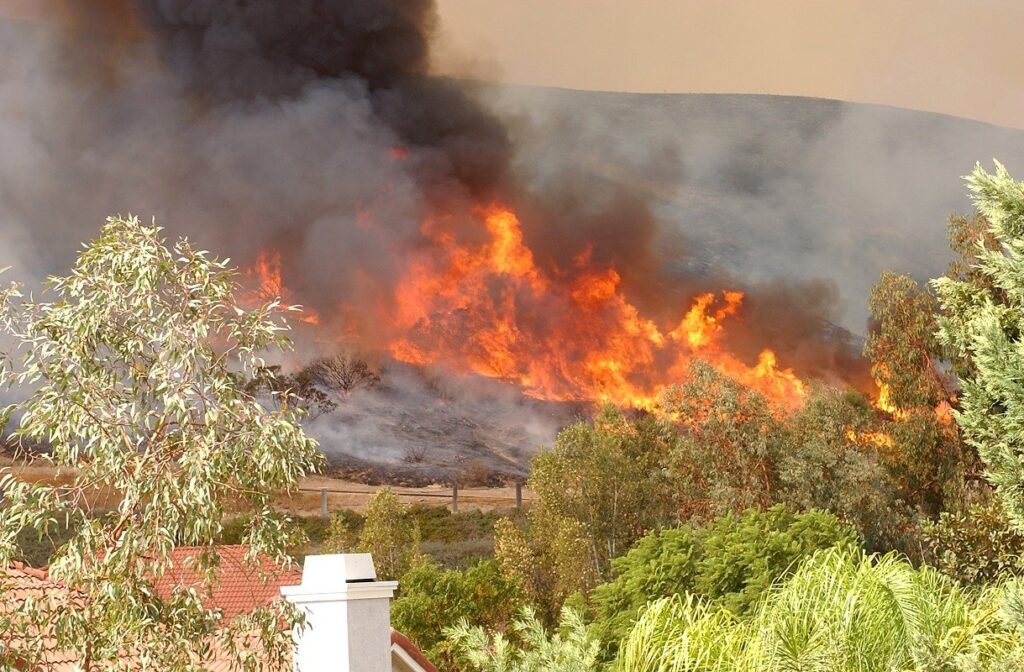
In recent decades, society has expanded into fire-prone areas in the southern and western U.S. Unfortunately, necessary precautions have not been taken.
“Most of the time, we’re not designing our communities and our buildings in a way that would be compatible with the fact that there is wildfire on the landscape,” says Michele.
Also, some areas that do not have fire have also suffered greatly from human development, such as Hawaii.
“Development over time is also doing things like disturbing the natural cycles of some of these plants and animals, introducing fire in places where it hasn’t been traditionally,” says Michele.
Certain types of development have also been detrimental, such as the introduction of grasses that carry fire well. This has led to greater devastation.
“One person in Hawaii described it to me as the locals have sat there with the fire hazard growing up around them, quite literally with these grasses and things that are happening on the landscape,” says Michele.
#3 – A volatile environment has helped to fuel recent wildfires.
More extreme weather events have also led to wildfires. In the last decade, warming ocean temperatures, hurricane-force winds, and droughts on land have helped fuel wildfires.
“We can’t look back a hundred years to say this is how we should do things,” says Michele. “We have to look forward to say, “‘Now we need to expect more significant events, more drought, more heavy rain in the seasons, etc.’”
How to prevent human-caused wildfires
According to a joint study by the University of Colorado and the University of Massachusetts, eight out of 10 wildfires are caused by humans, and these fires are responsible for nearly half of all area burned. Thankfully, many human-caused fires are preventable.
How to prevent wildfires from open burning and intentional fires
Wildfires can happen when small fires, such as opening burning and unattended campfires, burn out of control. To avoid starting wildfires, listen to state and local alerts and be aware of the laws.
“If you’re following your local emergency manager or fire service, they will note a red flag day, which is a day with those hot, dry, windy conditions,” says Michele.
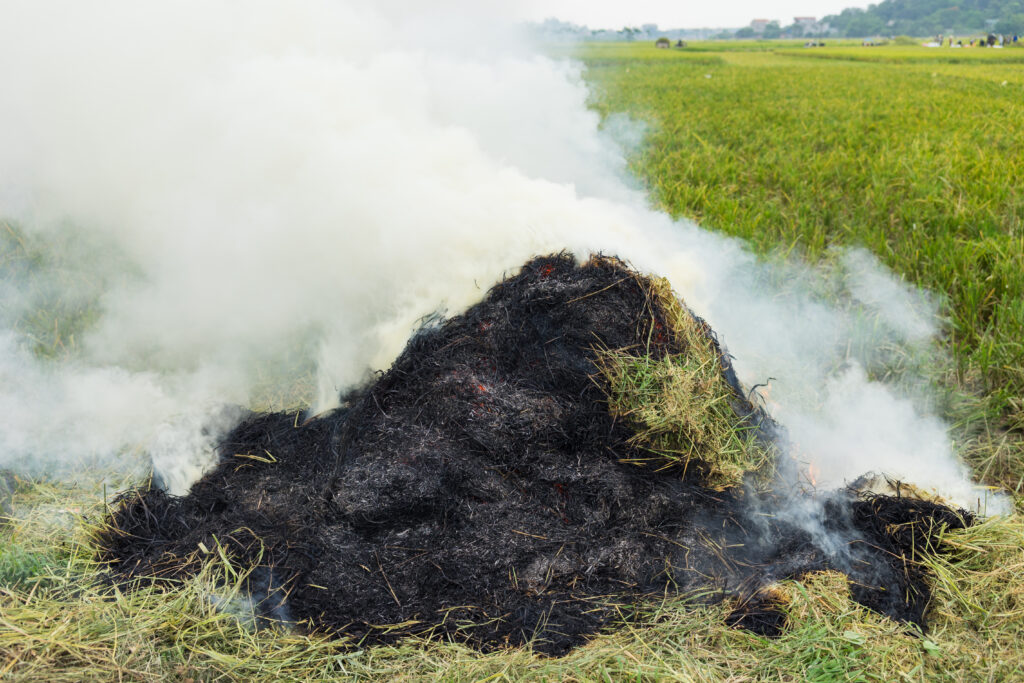
They’ll also let you know when there is a burn ban in effect, which is when a state fire marshal or your local county fire service may say conditions are too dangerous for open burning.
(Opening burning occurs when homeowners burn items, like leaves or debris, in their yards. Not all states allow open burning, so make sure to know your laws and regulations!)
How to prevent wildfires from equipment sparks
One of the leading causes of wildfires is a spark from mechanical or electrical equipment when the weather conditions are right.
“Our electrical power lines, for example, are the culprit of fires when we have those hot, dry, and windy conditions,” says Michele.
A recent campaign in the Western U.S. called for “One Less Spark – One Less Wildfire” after research found many wildfires started by roadways in California, Oregon, and Washington.
“This is maybe somebody dragging chains on a trailer or maybe somebody’s car is overheating,” says Michele. “They pull over to the side of the road, and that hot motor can ignite the dry grass underneath it.”
Similarly, grills, campfires, and fire pits can cause wildfires unintentionally, so it’s important to be cognizant during all fire use. Homeowners should also consider not mowing the lawn or using fireworks if there is a red flag warning.
“Fireworks are a massive cause of fire every single year around the Fourth of July,” says Michele. “Any kind of use of something that could spark a fire is a bad idea.”
Simple wildfire home preparedness tips
“Wildfire is going to happen at some point if you live in a place where wildfire is part of the landscape,” warns Michele.
With more than half of all U.S. properties at risk for wildfire damage, you need to prepare, and here are a few simple steps that can help!
Check the first five feet around your home.
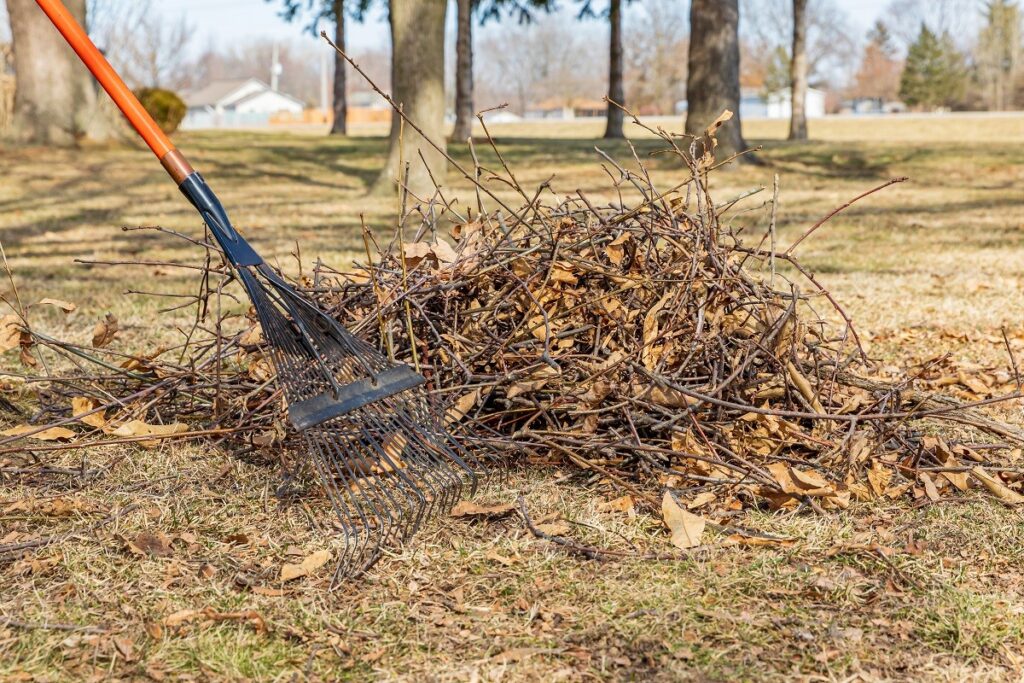
The five-foot zone around the home is the most important area to address when making your home more resistant to potential ignition.
“We’re talking about the perimeter right at your foundation and out,” says Michele. “That’s the place that you don’t want any material to be able to pile up and collect, like leaves or debris. You don’t want to have anything that can burn in that area.”
Make sure not to pile firewood or flammable construction/home improvement materials near your home. Also, consider landscaping choices that can help make the area safer, such as adding gravel or even bare earth.
Check your home from the ground up.
Stone or concrete foundations help prevent embers from getting inside your home, but some homeowners have siding that reaches the ground. For these situations, consider adding at least six inches of metal flashing or other fire-resistant material to prevent ignition.
“Again, it’s a very small space,” says Michele, “but it creates that little barrier for embers piling up and starting to ignite anything that’s combustible on the siding.”
Also, check your home from the top down.
Clear out any materials near your home that can ignite. Start at the roof and work your way down. Look for debris and any place embers can land. Secure these areas by screening any vents and boxing in open eaves. Clean gutters and downspouts, and clear dead, dry materials off porches, decks, stairs, and away from the foundation.
Make it a group project!
The conditions in the Home Ignition Zone (HIZ), or the area up to 200 feet from a home’s foundation, can help to minimize (or exacerbate) the likelihood of ember attacks. That’s why it’s important to work with your neighbors, who may be in your HIZ.
“We may not have control over a hundred feet away from our home, “says Michele, “so the more we can get our neighbors adjacent to us to do the work – to do the cleanups and be aware of the danger – the better off the whole community is going to be.”
Prevent the preventable in your home
Homeownership can be hard, but it doesn’t have to be. The vipHome.app can help. In less than four minutes, enjoy a new way to manage your home. Simply download the app, register your home, and enjoy a simplified homeownership experience.
Download the app today!



